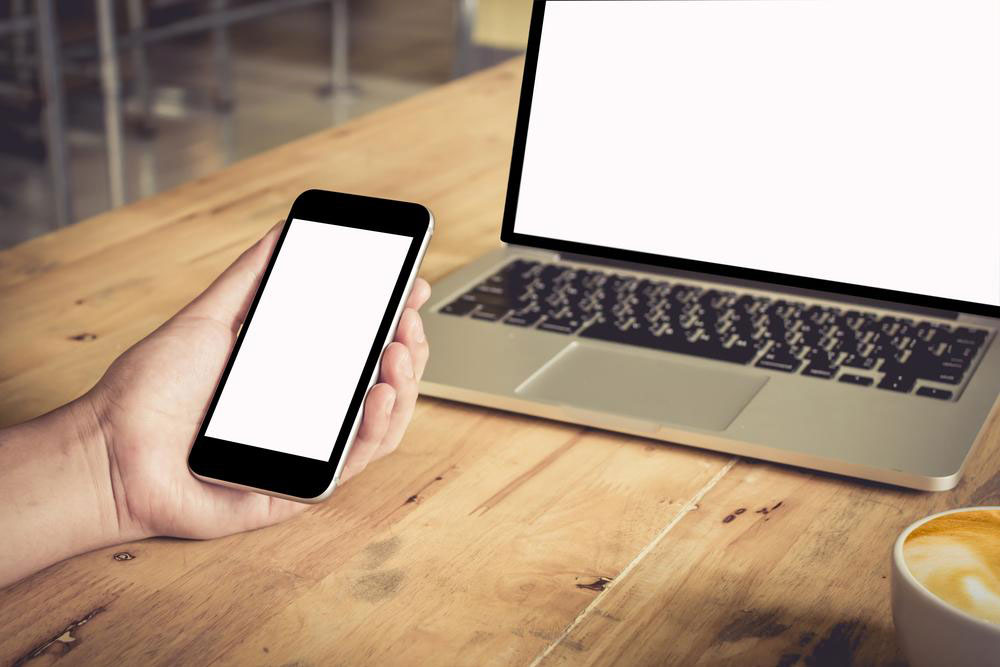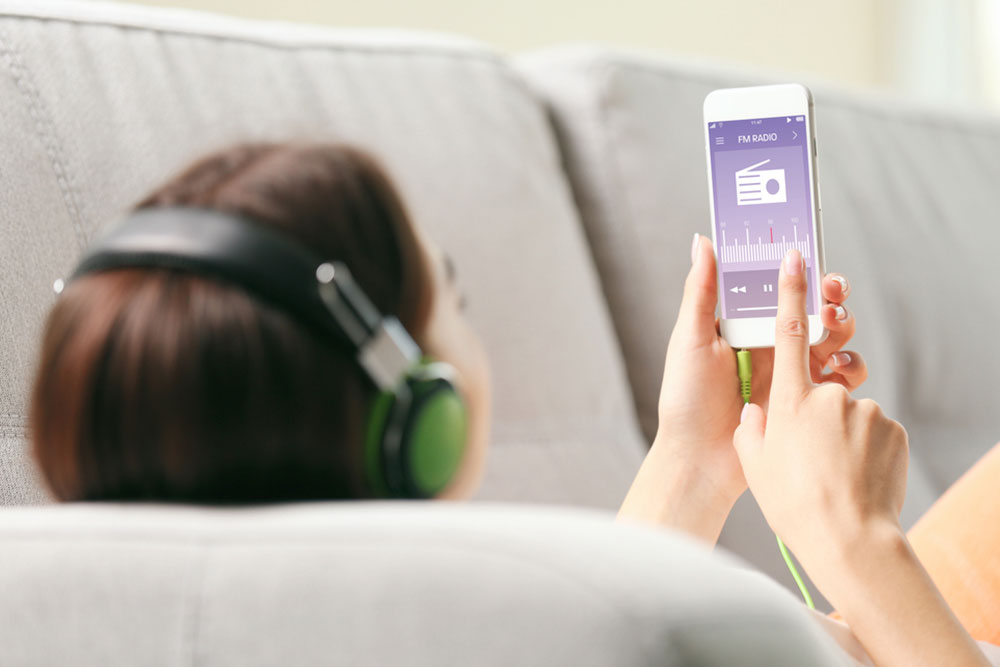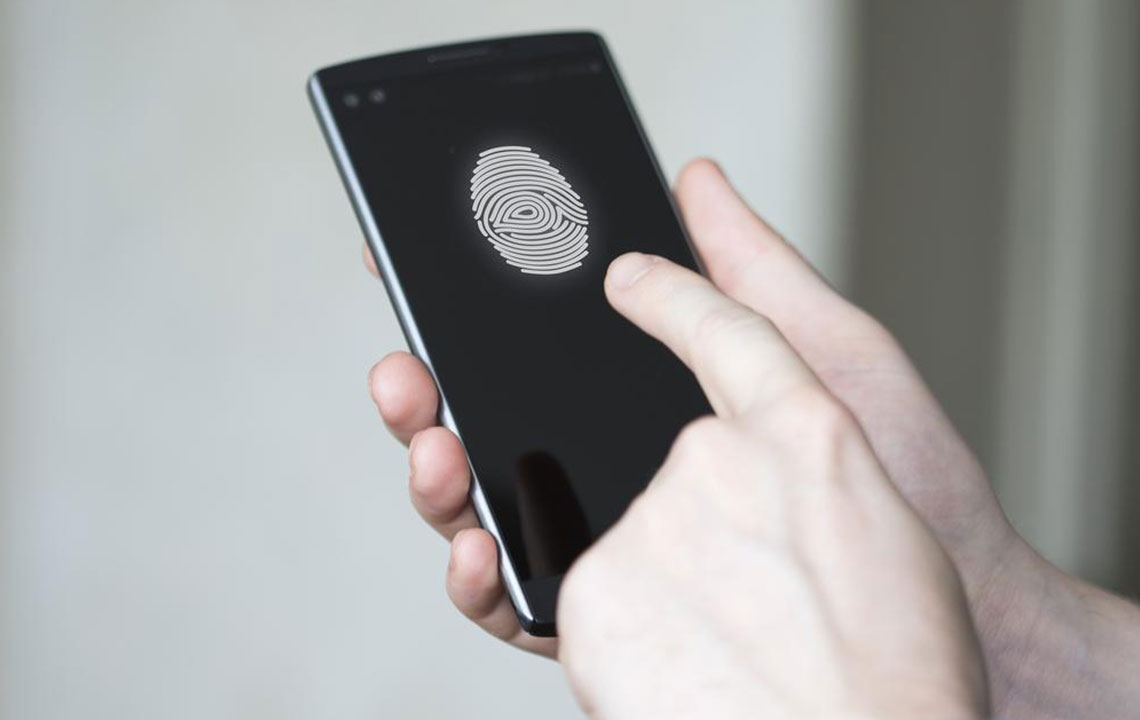Comprehensive Guide to Choosing the Right Smartphone: Samsung S8, LG G6, or Google Pixel?
This comprehensive guide compares the Samsung Galaxy S8, LG G6, and Google Pixel smartphones, covering display quality, camera performance, hardware efficiency, battery life, and storage. It helps users choose the most suitable device based on their preferences and needs, ensuring an informed purchase. The article emphasizes key differences, pros, and cons of each model, making it a valuable resource for anyone seeking a high-end smartphone tailored to their lifestyle. Discover which flagship device fits your daily use and budget best with this detailed comparison.

Comprehensive Guide to Choosing the Right Smartphone: Samsung S8, LG G6, or Google Pixel?
In today's fast-paced digital world, selecting the perfect smartphone can significantly impact your daily productivity, entertainment, and connectivity. Leading technology giants Samsung, LG, and Google have released flagship models—the Samsung Galaxy S8, LG G6, and Google Pixel—that stand out in the competitive market for their innovative features and cutting-edge technology. With each device boasting unique specifications, designs, and functionalities, making an informed choice requires a thorough understanding of their core features and how they align with your personal needs and lifestyle. This comprehensive review explores all essential aspects of these modern smartphones, including display quality, camera performance, hardware capabilities, battery life, and storage options, to help you determine which device offers the best value for your investment. Whether you're a photography enthusiast, a productivity-focused user, or someone seeking a stylish and reliable device, this guide aims to clarify your options and simplify your decision-making process.
Display and Screen Quality
When it comes to smartphones, display quality is paramount. The Samsung Galaxy S8 features a 5.80-inch Super AMOLED screen, renowned for its vibrant colors and deep blacks, enhanced by a high resolution that delivers stunning visuals. Its pixel density reaches approximately 570 PPI, ensuring crisp and detailed images ideal for media consumption and gaming. The backside boasts Corning Gorilla Glass, adding durability to its sleek appearance. The LG G6 offers a slightly smaller 5.70-inch IPS LCD display, with a resolution close to that of the S8, but with a marginally lower pixel density at around 564 PPI. Its LCD panel provides accurate color reproduction and good viewing angles, making it a versatile choice for multimedia users. The Google Pixel is designed with a more compact 5-inch OLED display, which balances clarity and power efficiency. Its display resolution and pixel density, approximately 441 PPI, provide sharp visuals suitable for everyday tasks but may not deliver the same immersive experience for heavy media consumption. Each screen offers its unique advantages tailored to different user preferences—whether favoring vivid colors, compactness, or energy efficiency.
The Galaxy S8's bright and vibrant Gorilla Glass display with 570 PPI makes it perfect for multimedia lovers. The LG G6 offers a balanced LCD panel with good color accuracy and 564 PPI, catering to users who appreciate versatility. The Google Pixel's 5-inch OLED screen at 441 PPI emphasizes efficient power use and sufficient clarity for daily use, ideal for users prioritizing portability and battery longevity.
Camera Capabilities
High-quality camera performance is a key factor for many smartphone users, especially those engaged in photography or content creation. The Samsung Galaxy S8 is equipped with a 12MP rear camera featuring auto-focus and advanced image stabilization, delivering sharp images in various lighting conditions. Its 8MP front camera is ideal for selfies and video calls. The LG G6 enhances its photography potential with a 13MP rear camera, providing slightly higher resolution, which can be advantageous for detailed shots. The front camera on the G6 is 5MP, which may be sufficient for casual selfies. The Google Pixel, renowned for its excellent computational photography capabilities, includes a 12.3MP rear camera that consistently produces high-quality images with accurate color and impressive low-light performance. Its 8MP front camera is comparable to that of the S8, suitable for selfies and video chats. The choice largely depends on your photography preferences—whether you prioritize hardware specifications or software-enhanced image processing.
Hardware Performance and Processing Power
In terms of hardware, the LG G6 and Google Pixel are powered by Qualcomm Snapdragon 821 processors, ensuring smooth multitasking and efficient operation for everyday tasks, gaming, and app usage. The Samsung Galaxy S8 incorporates Samsung’s own Exynos 8895 processor, which is optimized for high performance and energy efficiency, providing a superior experience in demanding applications and gaming environments. These processors are supported by the devices' RAM configurations, with all three smartphones equipped with 4GB RAM, facilitating swift app switching and multitasking. For users requiring handling of intensive applications, this amount of RAM ensures seamless performance without significant lag or stutter.
Battery Life and Power Management
Battery capacity is crucial for users who require their devices to last throughout busy days. The LG G6 features a sizable 3600mAh battery, which generally provides longer usage times and supports quick charging functions. The Galaxy S8 has a 3000mAh battery, offering reliable performance with optimized energy consumption, suitable for moderate to heavy users. The Google Pixel is equipped with a 2770mAh battery, designed to balance power efficiency with daily demands. Heavy usage can deplete batteries quickly, so choosing a device with a larger capacity may be beneficial for those who frequently use their smartphones on the go without frequent recharging.
Memory, Storage, and Expandability
All three phones come with 4GB RAM, providing adequate capacity for most tasks. The Galaxy S8 offers 64GB of onboard storage, supporting app installation, photo storage, and media files. LG G6 and Google Pixel come with 32GB of internal storage, which might be limited for users with extensive media libraries. However, the Galaxy S8 and LG G6 support microSD card expansion, allowing users to increase storage capacity as needed. The Google Pixel relies solely on internal storage and cloud services like Google Drive for additional space. Your choice will depend on your storage needs and whether you prefer to expand locally or utilize cloud options for convenience and flexibility.
In conclusion, each of these flagship smartphones—the Samsung Galaxy S8, LG G6, and Google Pixel—offers distinct advantages suited to different user preferences and lifestyles. Comparing their screens, cameras, performance, battery life, and storage options enables you to select the device that aligns best with your daily requirements, budget, and personal style. By understanding these key features, you can make a more informed purchasing decision and enjoy a device that enhances your overall smartphone experience.





